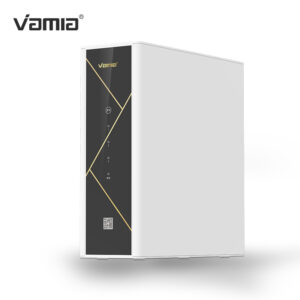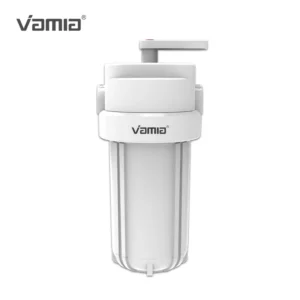Selecting Water Purifiers for Rural Water Quality: Key Strategies
Rural water sources often face unique challenges, such as high sediment, iron, bacteria, or well
water contaminants. Here’s how to choose effectively:
water contaminants. Here’s how to choose effectively:

-
Identify Contaminants: Test well water for bacteria (e.g., E.coli), heavy metals (iron, arsenic),
and total dissolved solids (TDS). High TDS may require RO filtration, while bacterial issues -
call for UV or UF systems.
-
Pre-Filtration is Critical: Install a sediment filter (5–20 micron) as a first stage to remove rust,
sand, and large particles, prolonging the life of subsequent filters. -
Choose Robust Filtration Stages:

- Activated Carbon: Removes chlorine, odors, and organic compounds.
- Iron Filters: Specifically target iron and manganese for clear, odor-free water.
- RO or UV: For advanced purification in areas with high contamination or unreliable
- municipal supply.
Water Purifier Factory, Water Purifier For Home, Water Purifier Machine,Water Purifier, Water Filter Purifier System
-
Durability and Ease of Maintenance: Rural areas may have limited access to technicians,
so opt for sturdy, easy-to-service models with long-lasting filters. -
Consider Water Pressure: Well pumps may provide inconsistent pressure; choose a purifier
with a wide pressure tolerance or install a pressure stabilizer.
By tailoring the system to rural water challenges, you can enjoy safe, clean water that meets
the unique needs of your household.Selecting Water Purifiers for Rural Water Quality: Key Strategies

